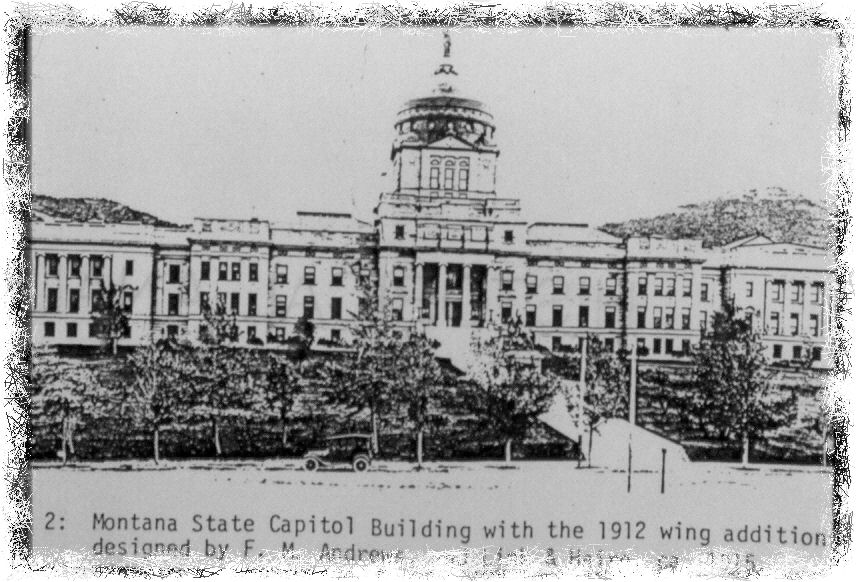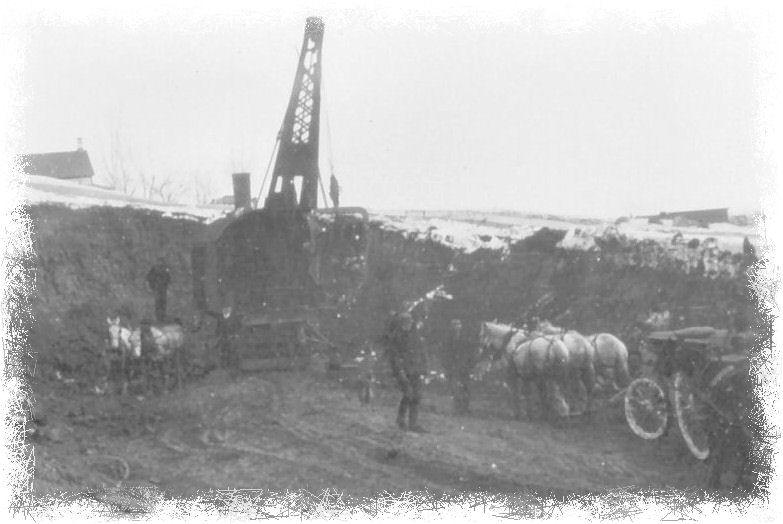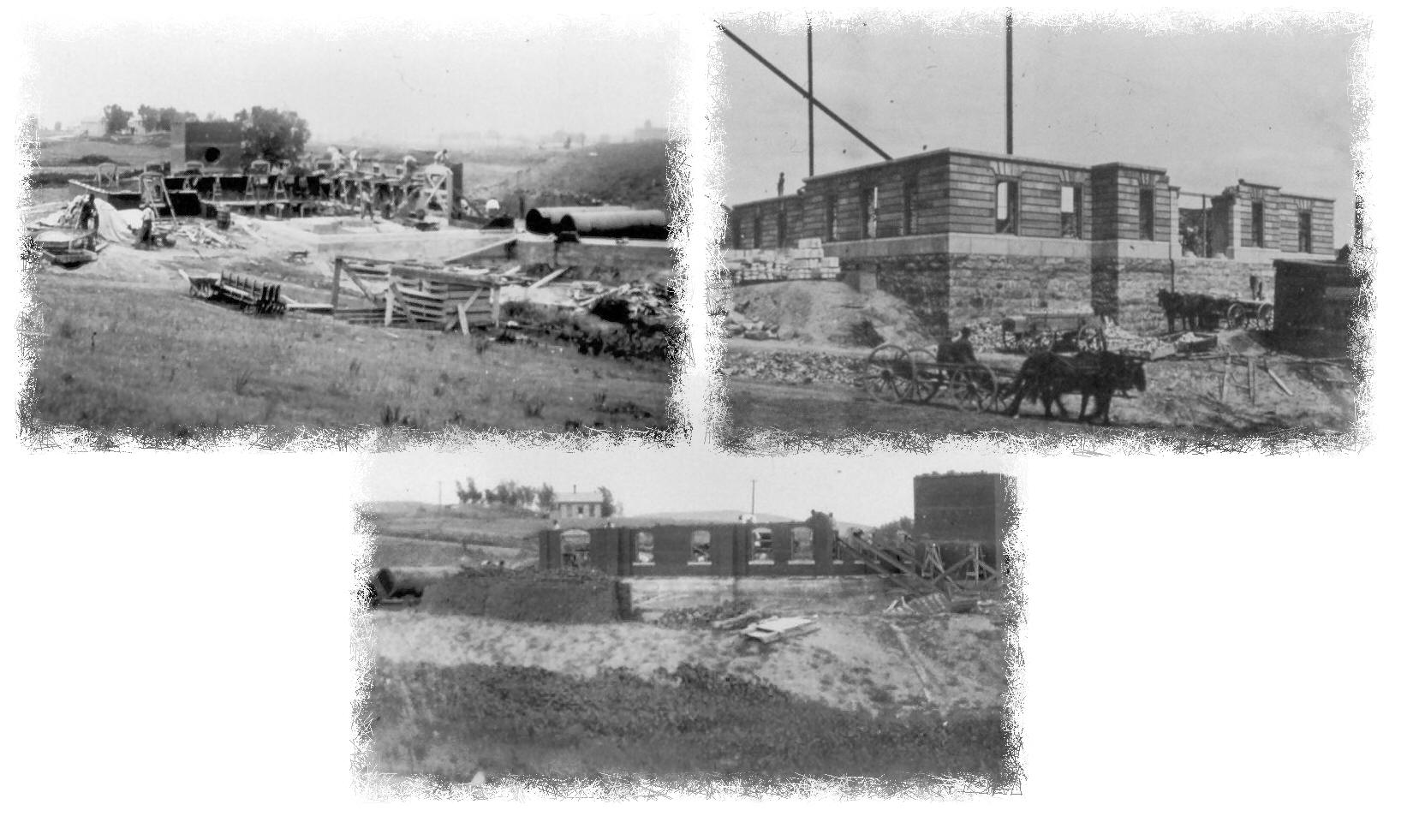|
The headline read "Busted Tells Mitchell's Story." With bravado, the Pierre newspaper story informed all of the people residing in the temporary Capital City of 15 years that they had won the contest for permanent state capitol.
"Pierre Pluck and Pierre Luck are a hard team to pull against and have demonstrated that they are yet in good working order" was the statement of the day.
In their fight to become permanent capitol, the 2000 residents of Pierre would sometimes entertain up to 5000 guests as transported in via the Northwestern
Railroad.
But it's main competitor, Mitchell, was not to be outdone themselves. Mitchell lured John Phillip Sousa and his band to play in the Corn Palace as they campaigned on a platform of "Lower Taxes" in competition with Pierre's slogan asking residents to "Stand Pat" - a reference to the temporary facility built by the City of Pierre in 1890, as pictured above.
Mitchell was a fierce competitor, but Pierre's status as the existing State Capitol combined with it's central location helped it win in the end.

In order to save both time and money, the building was patterned after the new Montana statehouse, which you can see pictured at the right.
According to George Smith's account in "South Dakota, Its History, and Its People," the same architect for that building, C. E. Bell of Minneapolis, was called in by the State Capitol Committee to oversee the project. Along with fellow Minneapolis architect M. S. Detwiler, ground was broken on the massive undertaking in 1905.
As you can see from these pictures capturing the construction process at various moments, using the steam and horse driven tools of the day, excavation was a slow and arduous process. After a time when the dirt had been removed to sufficient depth, workers began laying the foundation.
Next -
Laying the Cornerstone
Copyright 2007 South Dakota Bureau of Administration | Frontpage-Templates.org | E-Mail BOA Webmaster
SD Home | BOA Home | Accessibility Policy | Disclaimer | Privacy Policy | Search | Feedback | Help


